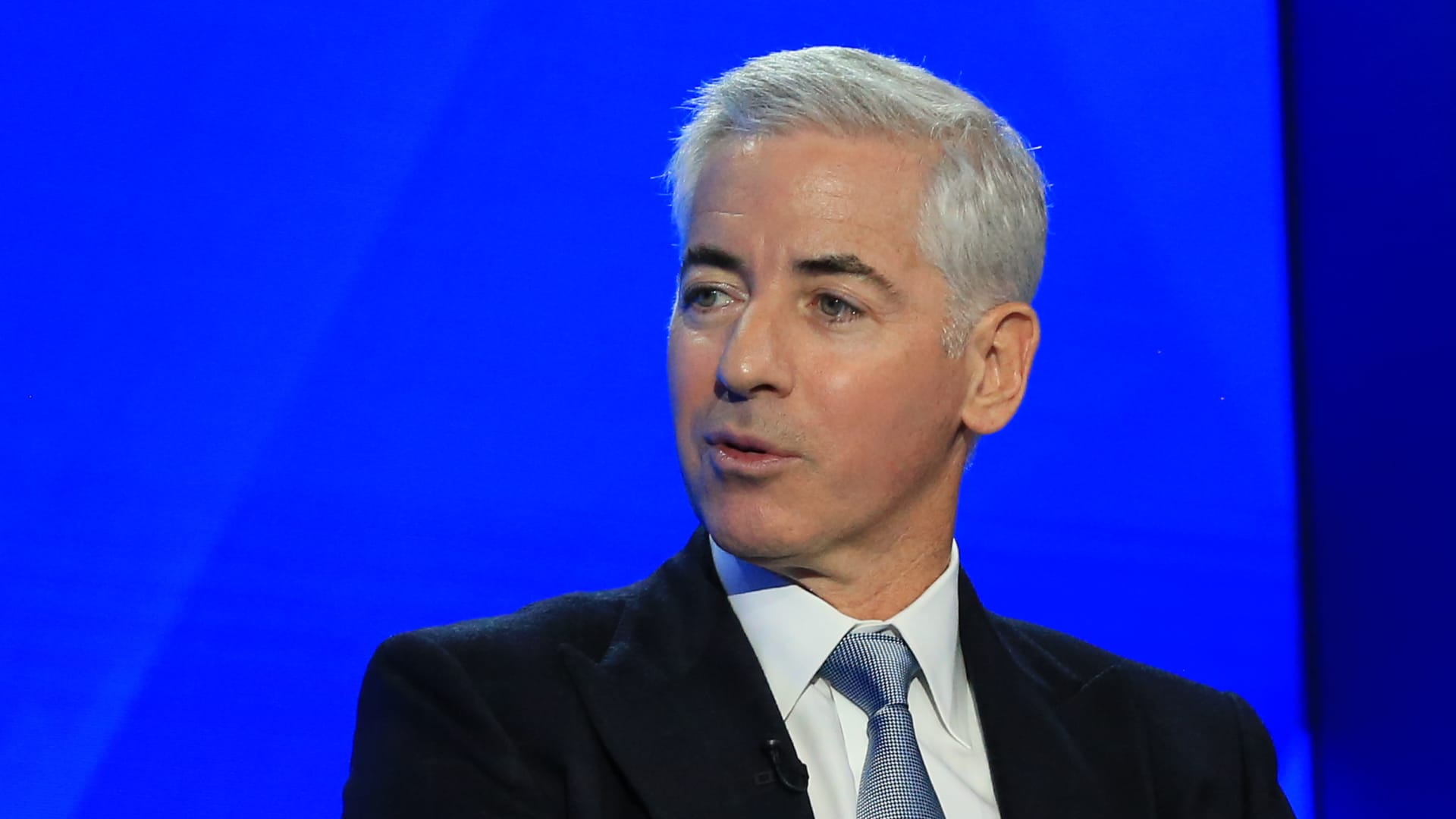There is often a perception that the events leading to the failure of a bank are complex and multi-faceted. However, the demise of both Silicon Valley Bank and Silvergate Bank can be traced back to two main factors: limited depositor diversification and excessive investment in long-dated assets such as US government bonds.
Rising interest rates have reduced the value of these bonds, and as the post-pandemic technology spending boom slowed, Silicon Valley Bank’s customers started withdrawing cash to stay afloat. Selling its bonds for much less than it paid for them alarmed many depositors and once withdrawals accelerated the end was nigh, as it was at Silvergate Bank where the collapse of FTX in November sparked depositor panic.
The reasons behind the demise of Signature Bank are more difficult to unpick and speak about to the extent that cryptos continue to divide the traditional banking community.
On the one hand, there is Barney Frank, the former Chairman of the House Financial Services Committee and a leading co-sponsor of the Dodd-Frank Act that was supposed to prevent financial crises.
Frank (who sat on the board of Signature Bank) told CNBC that it was shut down because regulators wanted to send a strong anti-crypto message and that “we became the poster boy because there was no insolvency based on the fundamentals.”
This is wild.
Barney Frank, the former congressman known for the Dodd-Frank Act, said regarding the collapse of the three bank failures:
The regulators “wanted to send a message to get people away from crypto. We were singled out to be the poster child for that message.”
— unusual_whales (@unusual_whales) March 15, 2023
The New York State Department of Financial Services quickly denied this, stating that its decision to close the bank had “nothing to do with crypto” and was rather prompted by a “significant crisis of confidence in the bank’s leadership” and concerns over its ability to do business in a safe and sound manner.
Who Will Be Next?
Speculation has been rife about which bank might be next to fall. First Republic Bank started reducing its exposure to crypto last year but still got caught up in the negative sentiment. The bank sent an email to its customers last week reassuring them that its capital levels were ‘significantly higher than the regulatory requirements for being considered well capitalised’ and that it had access to more than $60 billion of unused borrowing capacity.
The failures of Silvergate Bank, Silicon Valley Bank and Signature Bank have piqued interest in Cross River Bank, the new automated settlement partner for USDC stablecoin issuer Circle.
In an interview with TechCrunch last year, the bank’s Founder, CEO and Chairman, Gilles Gade, said crypto was “front and centre” of its long-term strategy. He said Cross River Bank wanted to offer more crypto-related products and services and was gearing towards a crypto-first strategy.
First Republic Banks Shares Fell 60% Last Week. Source: Tradingview.com
Current and potential customers may be heartened by Gade’s observation that the bank wanted to be “judicious” about where the crypto market was headed.
However, two high-profile crypto observers, David Gerard and Amy Castor note that with the closure of Silvergate Bank and now Signature bank, crypto has been effectively shut out of the US banking system. They describe the Federal Deposit Insurance Corporation interventions as a warning shot to every other bank in the US to straighten up their books and not specialise in bad customer bases.
Crypto collapse: Signature Bank blows up, US crypto frantically looks for banking — by @ahcastor and @davidgerard https://t.co/8h2li86Erg
— Amy Castor (@ahcastor) March 14, 2023
“Crypto is one such customer base,” they wrote. “Crypto customers were already strongly correlated with money laundering and crime and now crypto correlates with hot money that flows in and out by billions a day. That is a hazardous kind of customer for any bank to specialise in.”
“This is terrible news for crypto,” they continued. “Losing your banking rails is the worst thing that can happen to a crypto firm. Unless the crypto industry can find reliable US dollar payment rails that regulators will put up with, crypto in the US is dead as a financial product.”
As David Gerard put it, it is a good thing crypto is uncensorable and unstoppable and doesn’t need banking because it doesn’t have it any more. So, where do we go from here?
Markets Are Afraid of Lehman Brothers 2.0
Silicon Valley Bank was the biggest bank failure in the US since the global financial crisis, and the banking sector is supposedly a very different place than it was in 2007/8.
Lehman brothers 2.0
— Varun Mayya (@VarunMayya) March 10, 2023
As the Bank for International Settlements’ committee on the global financial system noted in 2018, in the wake of the crisis markets supervisors placed increased emphasis on stronger capitalisation as being a key determinant of banks’ capacity to cope with adverse shocks.
Capital requirements for large banks are around ten times higher than in 2007 and excess leverage has been curbed. Banks are supposed to abide by a leverage ratio which stipulates how much high-quality capital they must hold against their assets and the new rules include much tougher liquidity requirements.
One of the most significant consequences of the chaos that engulfed the banking sector 15 years ago is the Basel III framework, a key objective of which is to reduce excessive variability of risk-weighted assets. The framework took effect in January and will be phased in over the next five years.
But, John Cochrane, a Senior Fellow of the Hoover Institution at Stanford, concludes that the overall architecture allows large leverage, assuming regulators will spot risks and is inherently broken.
“If such good people are working in a system that cannot spot something so simple, the project is hopeless,” he writes in his latest blog. “After all, a portfolio of long term treasuries is about the safest thing on the planet unless it is financed by hot money deposits. Why do we have teams of regulators looking over the safest assets on the planet? And failing? Time to start over.”
It has been widely reported that the Federal Reserve is pondering tightening its scrutiny of mid-sized banks with possible actions including higher capital and liquidity requirements and more rigorous annual stress tests.
Crypto Regulation Push
Of course, no amount of regulation can prevent a bank from going under, and the recent turmoil has been concentrated in the US, opening up the possibility of US-based crypto businesses relocating to jurisdictions more favourably inclined towards digital assets.
For example, the EU is set to vote on its Markets in Crypto Assets regulation (MiCA) next month, and the UK is in the midst of a consultation on proposals for regulating crypto asset activities. A number of jurisdictions across the Middle East and Asia have made no secret of their desire to attract crypto business.
The UK government (finally) unveiled its plans to regulate the crypto industry.
The proposals take aim at risky lending practices that exacerbated the industry’s woes in the past year – incl. the demise of FTX.
Here’s a rundown of what’s been announced and why it matters 🧵
— Ryan Browne (@Ryan_Browne_) February 1, 2023
Josh Olszewicz, the Head of Research at Valkyrie Digital Asset Management told CoinTelegraph this week that as digital asset businesses and exchanges become increasingly regulated, the larger traditional banks may become warmer to establishing relationships with those in the digital asset space.
But, at this moment, crypto businesses in the US, in particular, could be forgiven for thinking that ‘their money is no good here’.
There is often a perception that the events leading to the failure of a bank are complex and multi-faceted. However, the demise of both Silicon Valley Bank and Silvergate Bank can be traced back to two main factors: limited depositor diversification and excessive investment in long-dated assets such as US government bonds.
Rising interest rates have reduced the value of these bonds, and as the post-pandemic technology spending boom slowed, Silicon Valley Bank’s customers started withdrawing cash to stay afloat. Selling its bonds for much less than it paid for them alarmed many depositors and once withdrawals accelerated the end was nigh, as it was at Silvergate Bank where the collapse of FTX in November sparked depositor panic.
The reasons behind the demise of Signature Bank are more difficult to unpick and speak about to the extent that cryptos continue to divide the traditional banking community.
On the one hand, there is Barney Frank, the former Chairman of the House Financial Services Committee and a leading co-sponsor of the Dodd-Frank Act that was supposed to prevent financial crises.
Frank (who sat on the board of Signature Bank) told CNBC that it was shut down because regulators wanted to send a strong anti-crypto message and that “we became the poster boy because there was no insolvency based on the fundamentals.”
This is wild.
Barney Frank, the former congressman known for the Dodd-Frank Act, said regarding the collapse of the three bank failures:
The regulators “wanted to send a message to get people away from crypto. We were singled out to be the poster child for that message.”
— unusual_whales (@unusual_whales) March 15, 2023
The New York State Department of Financial Services quickly denied this, stating that its decision to close the bank had “nothing to do with crypto” and was rather prompted by a “significant crisis of confidence in the bank’s leadership” and concerns over its ability to do business in a safe and sound manner.
Who Will Be Next?
Speculation has been rife about which bank might be next to fall. First Republic Bank started reducing its exposure to crypto last year but still got caught up in the negative sentiment. The bank sent an email to its customers last week reassuring them that its capital levels were ‘significantly higher than the regulatory requirements for being considered well capitalised’ and that it had access to more than $60 billion of unused borrowing capacity.
The failures of Silvergate Bank, Silicon Valley Bank and Signature Bank have piqued interest in Cross River Bank, the new automated settlement partner for USDC stablecoin issuer Circle.
In an interview with TechCrunch last year, the bank’s Founder, CEO and Chairman, Gilles Gade, said crypto was “front and centre” of its long-term strategy. He said Cross River Bank wanted to offer more crypto-related products and services and was gearing towards a crypto-first strategy.
First Republic Banks Shares Fell 60% Last Week. Source: Tradingview.com
Current and potential customers may be heartened by Gade’s observation that the bank wanted to be “judicious” about where the crypto market was headed.
However, two high-profile crypto observers, David Gerard and Amy Castor note that with the closure of Silvergate Bank and now Signature bank, crypto has been effectively shut out of the US banking system. They describe the Federal Deposit Insurance Corporation interventions as a warning shot to every other bank in the US to straighten up their books and not specialise in bad customer bases.
Crypto collapse: Signature Bank blows up, US crypto frantically looks for banking — by @ahcastor and @davidgerard https://t.co/8h2li86Erg
— Amy Castor (@ahcastor) March 14, 2023
“Crypto is one such customer base,” they wrote. “Crypto customers were already strongly correlated with money laundering and crime and now crypto correlates with hot money that flows in and out by billions a day. That is a hazardous kind of customer for any bank to specialise in.”
“This is terrible news for crypto,” they continued. “Losing your banking rails is the worst thing that can happen to a crypto firm. Unless the crypto industry can find reliable US dollar payment rails that regulators will put up with, crypto in the US is dead as a financial product.”
As David Gerard put it, it is a good thing crypto is uncensorable and unstoppable and doesn’t need banking because it doesn’t have it any more. So, where do we go from here?
Markets Are Afraid of Lehman Brothers 2.0
Silicon Valley Bank was the biggest bank failure in the US since the global financial crisis, and the banking sector is supposedly a very different place than it was in 2007/8.
Lehman brothers 2.0
— Varun Mayya (@VarunMayya) March 10, 2023
As the Bank for International Settlements’ committee on the global financial system noted in 2018, in the wake of the crisis markets supervisors placed increased emphasis on stronger capitalisation as being a key determinant of banks’ capacity to cope with adverse shocks.
Capital requirements for large banks are around ten times higher than in 2007 and excess leverage has been curbed. Banks are supposed to abide by a leverage ratio which stipulates how much high-quality capital they must hold against their assets and the new rules include much tougher liquidity requirements.
One of the most significant consequences of the chaos that engulfed the banking sector 15 years ago is the Basel III framework, a key objective of which is to reduce excessive variability of risk-weighted assets. The framework took effect in January and will be phased in over the next five years.
But, John Cochrane, a Senior Fellow of the Hoover Institution at Stanford, concludes that the overall architecture allows large leverage, assuming regulators will spot risks and is inherently broken.
“If such good people are working in a system that cannot spot something so simple, the project is hopeless,” he writes in his latest blog. “After all, a portfolio of long term treasuries is about the safest thing on the planet unless it is financed by hot money deposits. Why do we have teams of regulators looking over the safest assets on the planet? And failing? Time to start over.”
It has been widely reported that the Federal Reserve is pondering tightening its scrutiny of mid-sized banks with possible actions including higher capital and liquidity requirements and more rigorous annual stress tests.
Crypto Regulation Push
Of course, no amount of regulation can prevent a bank from going under, and the recent turmoil has been concentrated in the US, opening up the possibility of US-based crypto businesses relocating to jurisdictions more favourably inclined towards digital assets.
For example, the EU is set to vote on its Markets in Crypto Assets regulation (MiCA) next month, and the UK is in the midst of a consultation on proposals for regulating crypto asset activities. A number of jurisdictions across the Middle East and Asia have made no secret of their desire to attract crypto business.
The UK government (finally) unveiled its plans to regulate the crypto industry.
The proposals take aim at risky lending practices that exacerbated the industry’s woes in the past year – incl. the demise of FTX.
Here’s a rundown of what’s been announced and why it matters 🧵
— Ryan Browne (@Ryan_Browne_) February 1, 2023
Josh Olszewicz, the Head of Research at Valkyrie Digital Asset Management told CoinTelegraph this week that as digital asset businesses and exchanges become increasingly regulated, the larger traditional banks may become warmer to establishing relationships with those in the digital asset space.
But, at this moment, crypto businesses in the US, in particular, could be forgiven for thinking that ‘their money is no good here’.
















